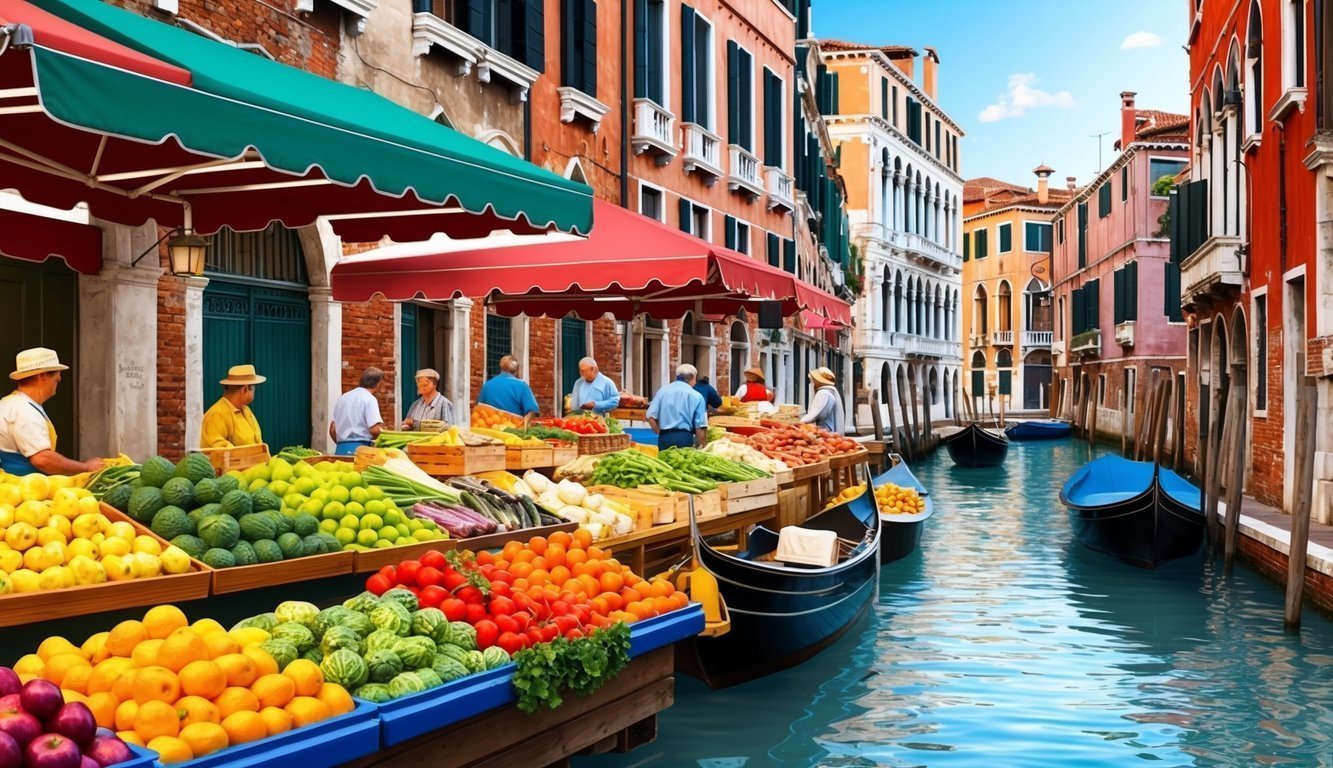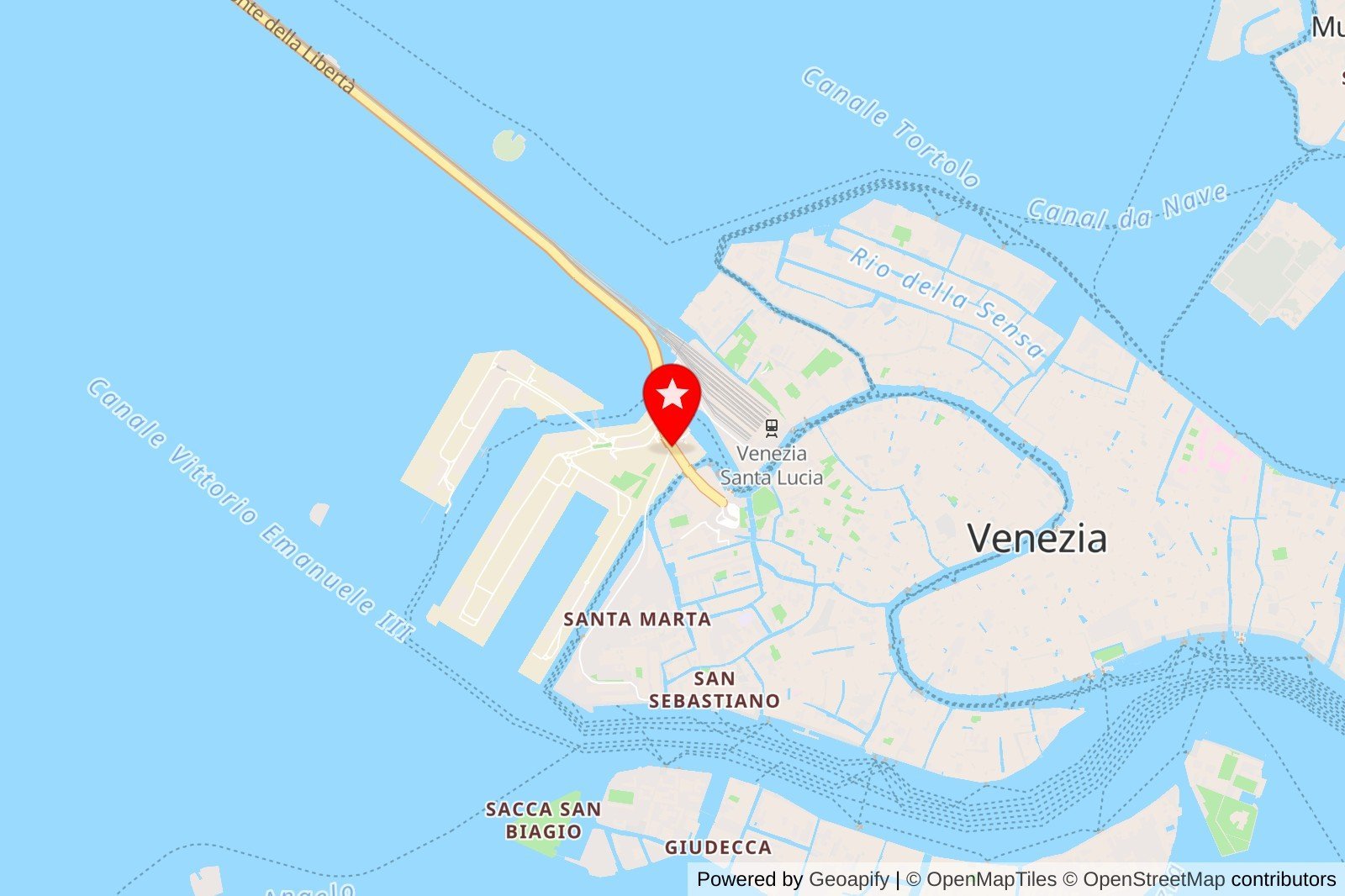Venice is a city like no other, filled with canals, stunning architecture, and rich history.
As a first-time visitor, choosing the right area to stay can enhance your experience. In this article, you will discover six prime areas in Venice that are perfect for first-time visitors.
Exploring Venice can be overwhelming, but knowing where to base yourself makes a big difference.
Each neighborhood has its own unique vibe and attractions, which helps you connect with the magic of this floating city.
From vibrant streets to serene spots along the water, you’ll find the ideal place to immerse yourself in Venetian life.
1) Venice
Venice is a unique city built on water.
You can explore its famous canals, charming bridges, and historic buildings.
Each twist and turn feels like stepping back in time.
As you walk through the streets, you’ll notice the beautiful architecture.
Don’t miss the stunning St. Mark’s Basilica with its impressive mosaics.
It’s a focal point for many visitors.
Food is another highlight in Venice.
Try local dishes like risotto and cicchetti at one of the many eateries.
Fresh seafood is a must, given the city’s location.
Whether you’re taking a gondola ride or just wandering, Venice offers a memorable experience.
Enjoy the vibrant atmosphere and rich history as you explore this magical city.
Rating: 4.7 (214 reviews)
Location: Venice, Metropolitan City of Venice, Italy
Contact: Not available
Website: Not available
Understanding Venice’s Geography
Venice is a unique city made up of many small islands connected by canals and bridges.
Knowing the layout and how to get around can make your visit much more enjoyable.
Here’s what you need to know to navigate this beautiful city.
Layout of Venice
Venice consists of six main districts, called sestieri.
These include:
- San Marco: The heart of Venice, known for its landmarks.
- Dorsoduro: Home to art galleries and quieter canals.
- Cannaregio: A local district with authentic charm and fewer tourists.
- San Polo: Features the famous Rialto Bridge and market.
- Santa Croce: Often less crowded, good for walking.
- Castello: A blend of history and culture, with hidden gems.
Each district has its own character and attractions.
In San Marco, you can visit St. Mark’s Basilica and the Doge’s Palace, while Dorsoduro offers a more laid-back atmosphere with stunning artworks.
Navigating the Canals
Getting around Venice means embracing the canals. Vaporetti, or water buses, are a popular way to travel.
They connect major areas and are budget-friendly.
You can also use gondolas for a more romantic ride, though they can be pricier.
It’s essential to have a map or a navigation app handy.
Streets can be winding, and landmarks may not be visible until you’re right on top of them.
Walking is another great option! Many of the best sights are within easy walking distance in each district.
Just be sure to wear comfortable shoes, as the streets are often cobblestone and can be uneven.
Culinary Adventures

Venice offers a fantastic culinary experience for first-time visitors.
From local dining customs to iconic dishes, understanding the food scene can enhance your visit.
Here are key points to explore.
Local Dining Etiquette
When dining in Venice, it’s good to know a few customs. Tipping is appreciated but not required.
Rounding up the bill or leaving a small amount is suitable.
Meal Times are different too.
Lunch is typically served from 12 PM to 2:30 PM, while dinner usually starts around 7:30 PM.
It’s best to book a table in advance, especially at popular spots.
Don’t forget to try a local bacaro, a Venetian wine bar serving small plates called cicchetti.
You can enjoy a glass of wine with these tasty bites.
You’ll find that mingling with locals in these lively bars adds to the experience!
Famous Venetian Dishes
Venice has unique dishes that you can’t miss.
Start with Sarde in Saor—sardines marinated in vinegar, onions, and pine nuts; this dish reflects the city’s maritime history.
Another must-try is Risotto al Nero di Seppia, a black risotto made with cuttlefish ink, giving it a rich flavor and striking appearance.
It’s a local favorite that you’ll find in many restaurants.
Don’t skip Bigoli in Salsa, a thick pasta served with an anchovy and onion sauce.
Pair it with a glass of local white wine for a delightful meal.
Each dish tells a story about Venice’s past and culture, making your culinary journey unforgettable.
Frequently Asked Questions

When visiting Venice for the first time, you might have some common questions.
Here’s a look at some of the coolest neighborhoods, budget-friendly spots, and helpful tips to enhance your trip.
What’s the coolest neighborhood to check out in Venice for newbies?
The San Marco district is a must-visit for first-timers.
It’s packed with famous landmarks like St. Mark’s Basilica and has a lively atmosphere.
You’ll find plenty of shops, cafes, and stunning views around every corner.
Got any budget-friendly spots to crash at in Venice?
If you’re on a budget, consider staying in the Cannaregio area.
It offers affordable accommodations and a more local vibe.
Look for hostels or guesthouses, which can give you a comfy stay without breaking the bank.
Name the top place to stay for just a couple of nights in Venice?
For a short visit, staying near Piazza San Marco is ideal.
This central spot keeps you close to major attractions, helping you make the most of your limited time in Venice.
Plus, the views are breathtaking.
Can you spot me the most happening area in Venice for tourists?
Dorsoduro is a great choice for a lively experience.
It has a vibrant arts scene, bustling cafes, and the famous Peggy Guggenheim Collection.
It’s perfect for those looking to soak up the local culture while enjoying the nightlife.
Is there a neighborhood map that’ll keep me from getting lost in Venice?
You can find helpful neighborhood maps at tourist information centers.
They provide clear layouts of all the major areas, making it easier to navigate.
Having a map on hand can be a lifesaver in the winding streets of Venice.
What areas should I steer clear of when visiting Venice?
Most areas are safe for tourists, but you should avoid less busy parts, especially at night.
Areas that feel deserted may not be the best choice for exploring after dark.
Stick to well-lit, populated places for a safer experience.

